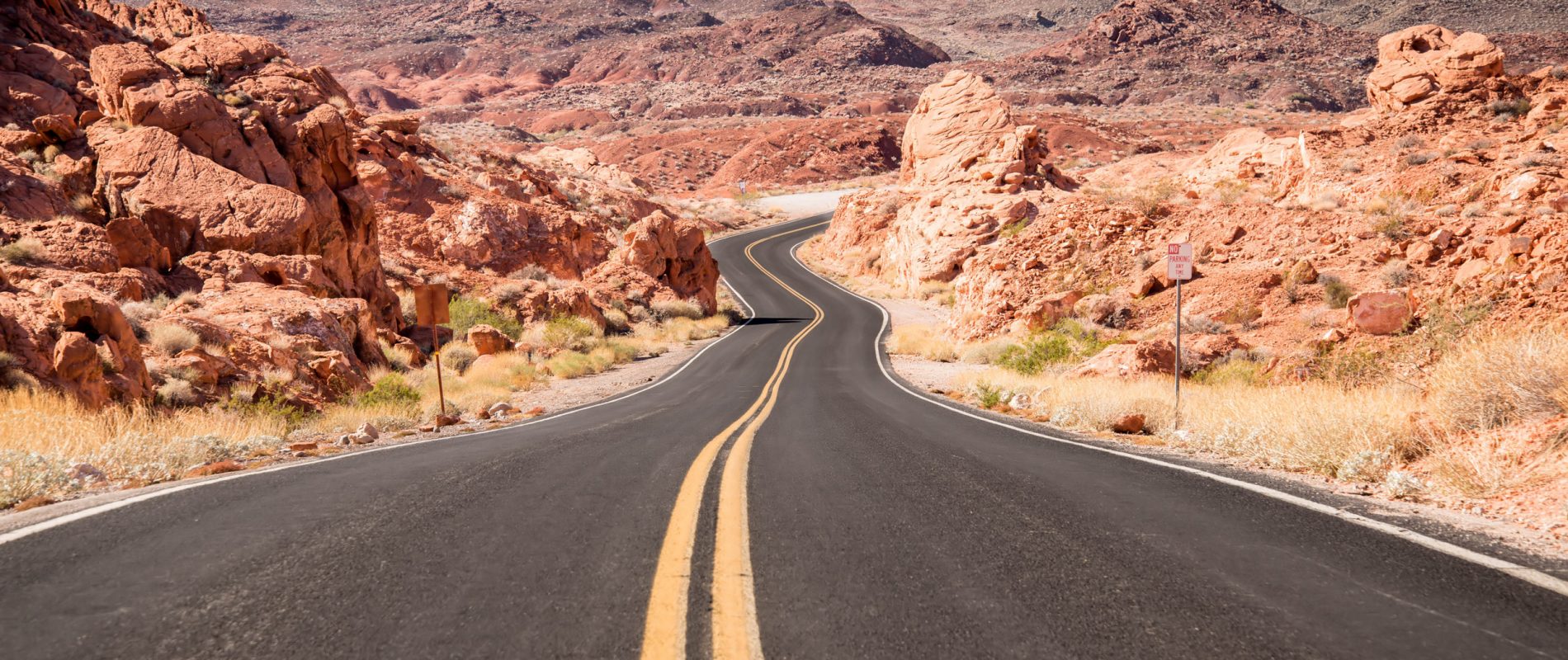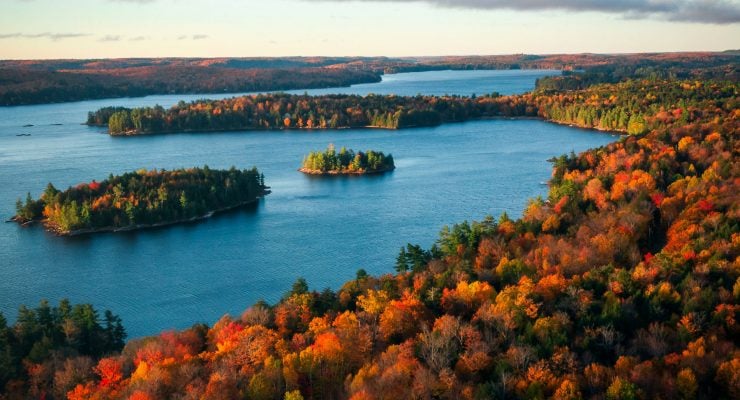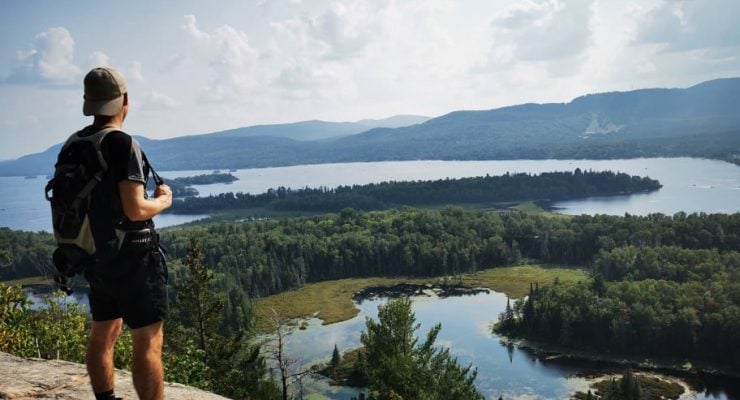- Sleeping gear and cooking setup: Bring sleeping gear and check nighttime temps, plus cooking equipment and basic food supplies (read the linked Shopping, cooking and eating for details).
- Cleaning, storage and personal care: Include kitchen cleaning products, food storage containers, bin bags, personal care items, and a first-aid kit.
- Navigation, lighting and power: Carry paper maps or GPS, a phone app, a compass, a flashlight, and a power inverter and charger.
- Vehicle basics, clothes and eco tips: Pvtistes should have car maintenance basics, spare tyre and fuel, clothes, a portable fire extinguisher, plus minimalist packing and eco tips like packing out trash and avoiding bottled water. Show more












 Français
Français English
English



0 comments
{{like.username}}
Loading...
Load more